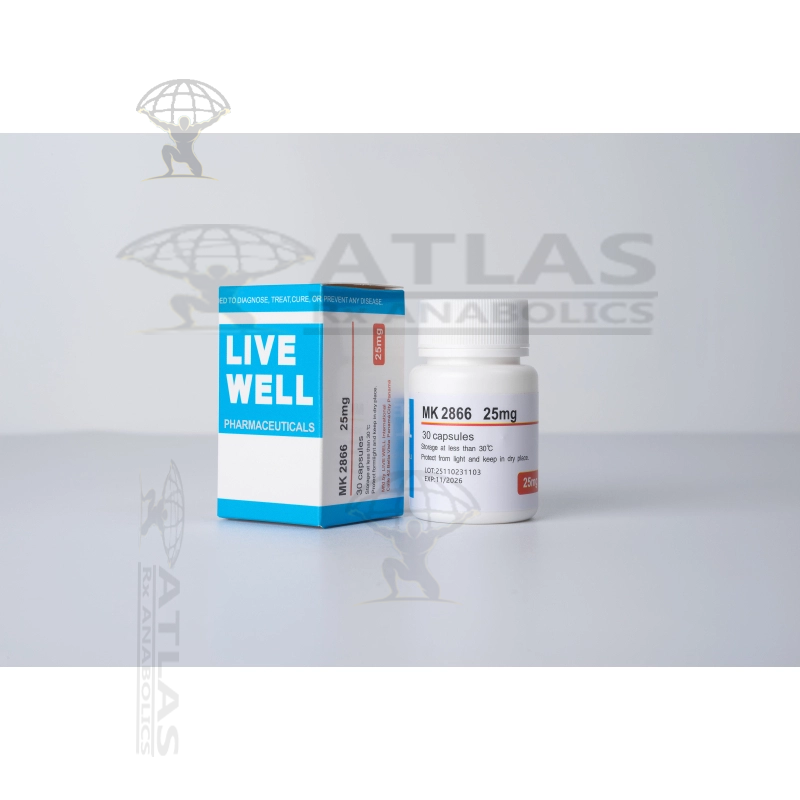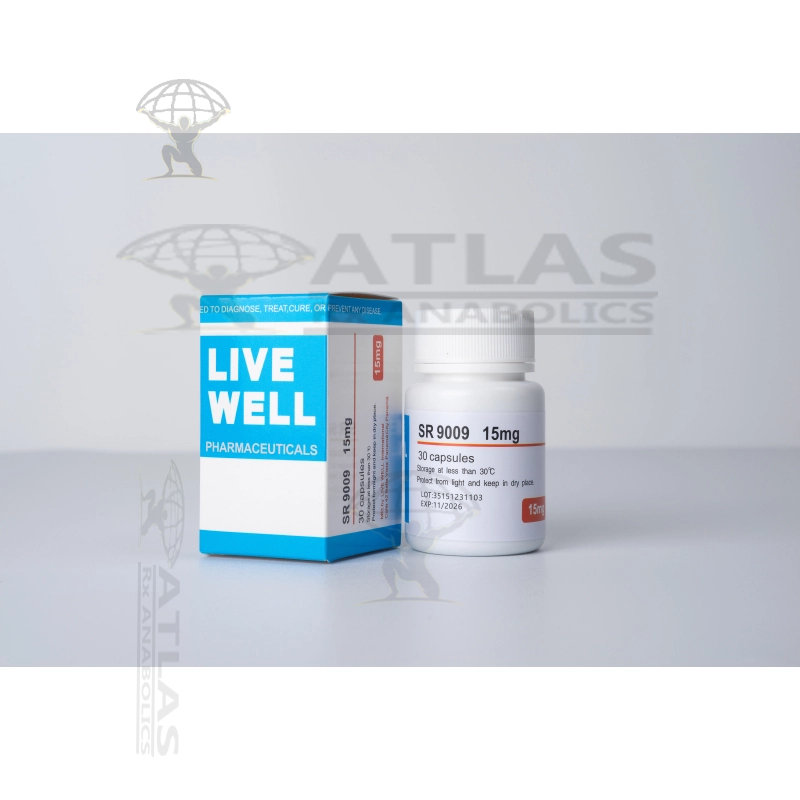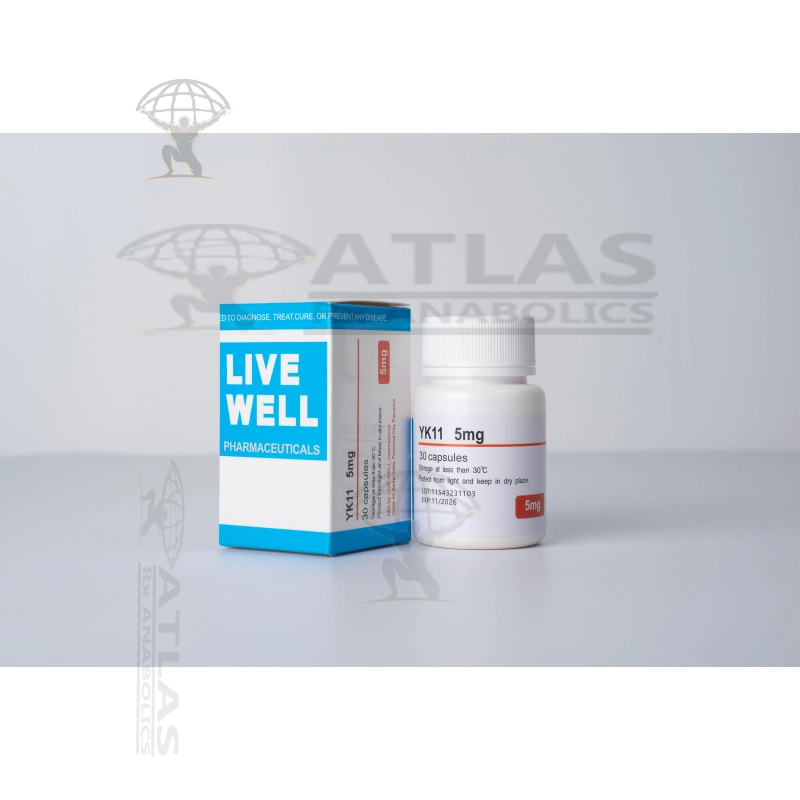Description for Metenolone Enanthate (Primobolan)
Methenolone enanthate, also known as Primobolan Depot, is an anabolic androgenic steroid (AAS) that is derived from dihydrotestosterone (DHT). It is classified as a mild steroid due to its low androgenic properties, making it popular among athletes and bodybuilders who seek lean muscle gains with minimal side effects.
Methenolone enanthate is available in injectable form, with the enanthate ester attached to the hormone, which allows for a slow and steady release in the body. This esterification process extends the half-life of the steroid, resulting in a longer duration of action.
When it comes to its anabolic effects, methenolone enanthate promotes protein synthesis and nitrogen retention, leading to muscle growth and improved recovery. It is often used during cutting cycles to preserve lean muscle mass while reducing body fat. Due to its mild nature, it is less likely to cause water retention or estrogenic side effects such as gynecomastia.
One of the key benefits of methenolone enanthate is its ability to increase strength without adding excessive muscle mass. This makes it an ideal choice for athletes who compete in weight-class sports or those who want to enhance their performance without gaining significant bulk.
Another advantage of methenolone enanthate is its low potential for androgenic side effects. This means that users are less likely to experience acne, oily skin, hair loss, or aggression often associated with more potent androgenic steroids.
However, it is important to note that methenolone enanthate is a relatively weak steroid compared to some others on the market. Consequently, significant muscle gains may require higher dosages, which can increase the risk of adverse effects.
Like any steroid, methenolone enanthate carries potential side effects, although they tend to be milder compared to stronger AAS. These can include suppression of natural testosterone production, cholesterol imbalances, liver toxicity (when used orally), and cardiovascular strain. Post-cycle therapy (PCT) is recommended to help restore hormonal balance and minimize the risk of side effects.
It is crucial to mention that the use of methenolone enanthate, like any other AAS, should be done under the supervision of a qualified healthcare professional. They can provide guidance on dosages, cycle length, and any necessary support to ensure safety and maximize benefits.
In conclusion, methenolone enanthate is a mild AAS that offers lean muscle gains, increased strength, and improved recovery. It is a popular choice for athletes and bodybuilders seeking moderate effects with a lower risk of androgenic side effects. However, it is essential to approach its use with caution, follow proper dosage guidelines, and prioritize overall health and well-being.
Based on 0 review(s)
Shipping Cost
On all orders is set at $25.00
Secure checkout
Protected by Bitcoin
Offer & gift here
On all huge orders







